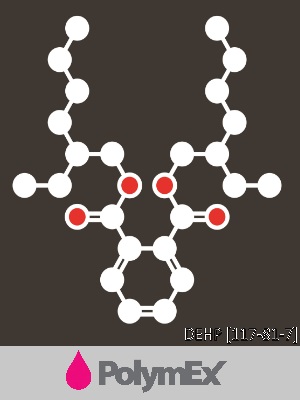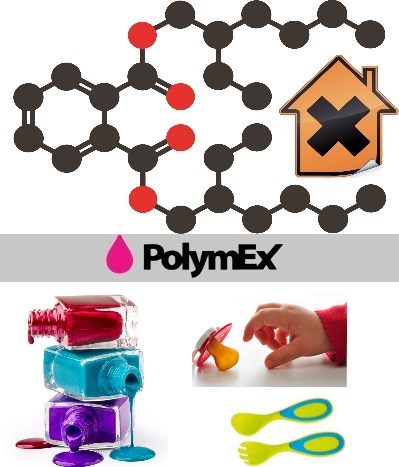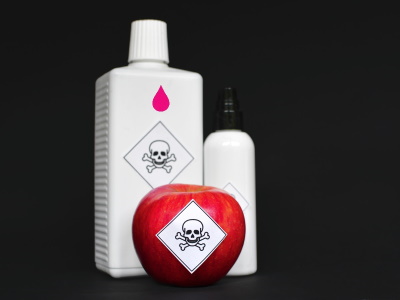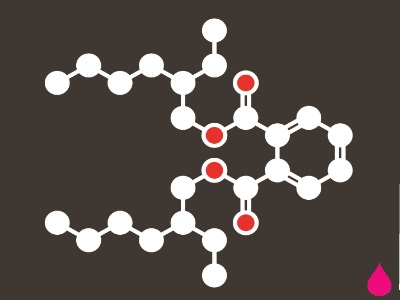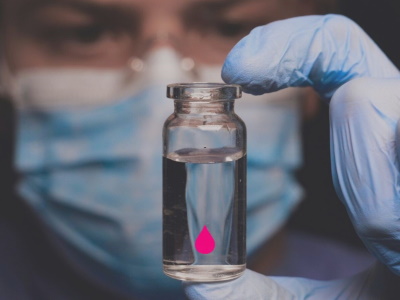Identification and determination of phthalates by UPLC-MS / MS
Phthalates are substances added to plastics to improve their characteristics ( flexibility, transparency, elasticity, etc. ). Depending on the use of the latter as food or cosmetic packaging, toys, various objects ... a risk of migration is to be considered.
Certain phthalates such as DBP *, DIBP * or even BBP * have been classified as carcinogenic, mutagenic and reprotoxic substances by ECHA (European Chemicals Agency), their respective contents in materials must therefore be monitored.
Thanks to the analytical qualities of the UPLC-MS/MS (High Performance Liquid Chromatography coupled with Tandem Mass Spectrometry), it is possible to detect them up to trace levels, of the order of ten ug/L.
* DBP = Dibutyle Phthalate CAS [84-74-2]
* DIBP = Diisobutyl phthalate [84-69-5]
* BBP = Butyl benzyl phthalate CAS [85-68-7]
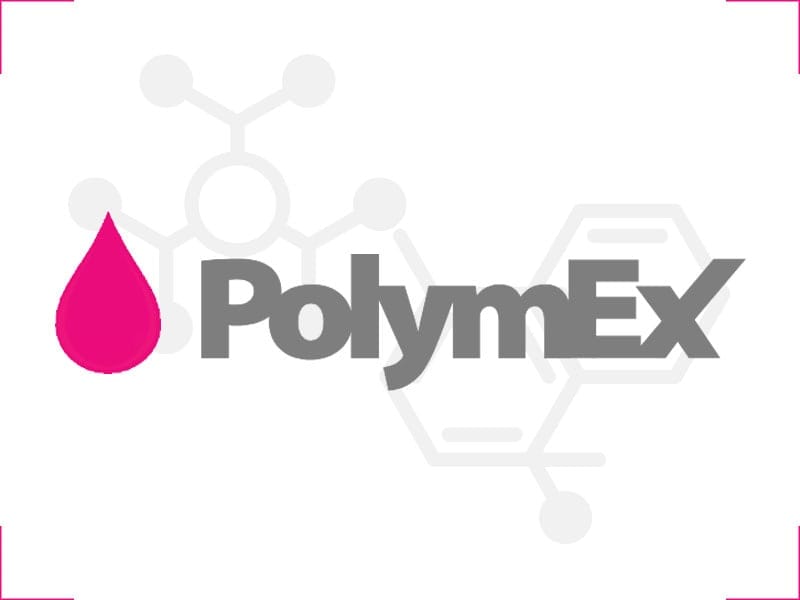
 EN
EN
 FR
FR